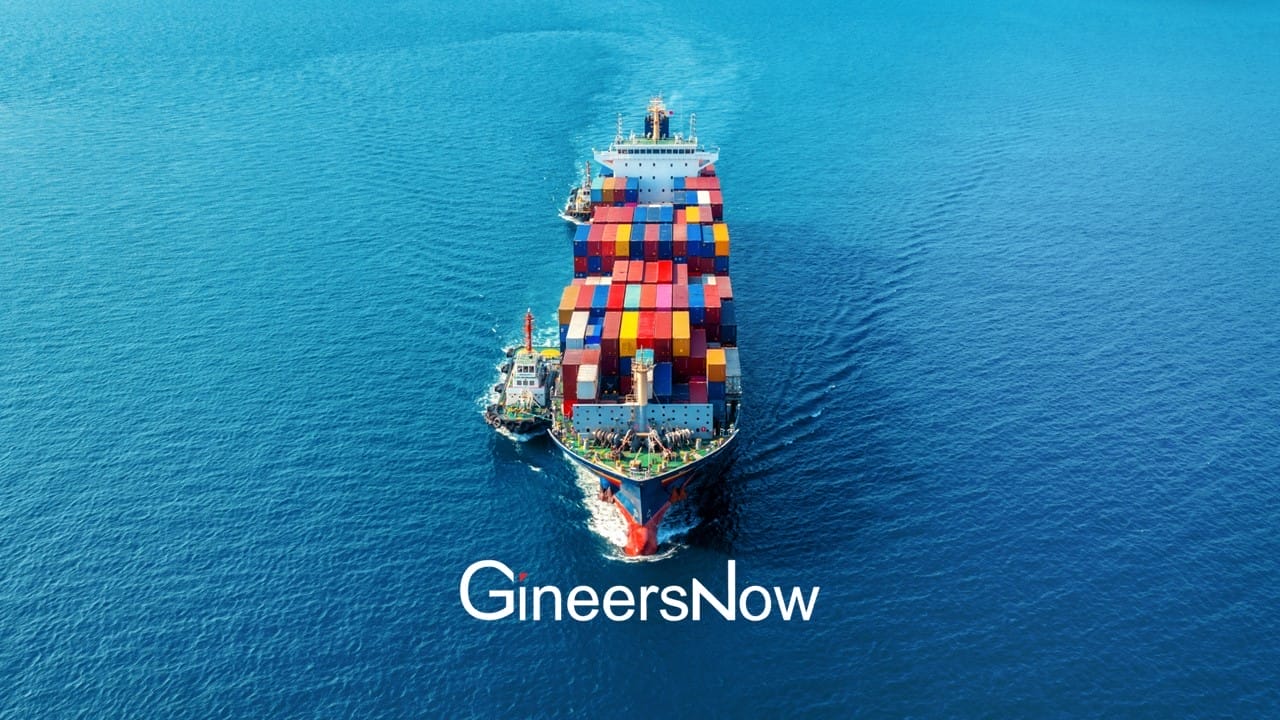Envision an extensive global network of arteries transporting commodities. China’s ports are the center of global trade, to put it simply. The world’s supply chain runs on these mega-hubs, which manage everything from the newest technology to mountains of raw materials.
For anyone in the logistics game, understanding China’s port powerhouses is essential. This whistle-stop tour will introduce you to some of the key players and show you why they matter.
Port of Shanghai: Dominating Global Container Traffic
Huge on a worldwide scale, the Port of Shanghai is the unchallenged heavyweight champion of container shipping. Its busy ports handle an incredible volume of goods annually, making it a vital conduit for trade in China. Tucked away close to the Yangtze River’s mouth, the port has an amazing network of terminals that are tailored to different cargo requirements. These range from enormous liquid tanks to enormous stacks of containers. It is understandable that freight forwarders from all over the world chose the Port of Shanghai because of its excellent location and ample facilities.
Key Features:
- Annual Container Throughput: Over 43 million TEUs (Twenty-Foot Equivalent Units)
- Facilities: Multiple specialized terminals, advanced logistics support
- Connectivity: Direct shipping routes to over 500 ports worldwide

Port of Shenzhen: A Major Export Hub
Not to be outdone, Shenzhen, which is located in Guangdong province, is another powerhouse in China’s port network. This tech hub thrives on the movement of electronics and other valuable goods, making the Port of Shenzhen a magnet for these high-dollar shipments. It’s actually a collection of smaller ports working together, like Shekou, Yantian, and Chiwan, each one a gear in the machine that keeps cargo flowing smoothly.
Key Features:
- Annual Container Throughput: Approximately 27 million TEUs
- Facilities: Advanced container terminals, extensive warehousing
- Specialization: High-tech goods, electronics
Port of Ningbo-Zhoushan: The Cargo Tonnage Leader
The port of Ningbo-Zhoushan is well known for having the largest cargo capacity of any port worldwide. It is ideally situated to service eastern China’s industrial core. The port is an essential component of China’s transportation network because of its great versatility in handling containers, bulk freight, and liquids.
Key Features:
- Annual Cargo Throughput: Over 1 billion tons
- Facilities: Extensive container and bulk terminals
- Connectivity: Major trade routes to Europe, North America, and Asia
Port of Guangzhou: Historical Trade Hub
Guangzhou’s port boasts a history that stretches back centuries. This southern China powerhouse continues to be a trade champion, handling a staggering variety of cargo – from containers overflowing with goods to shiny new automobiles and mountains of bulk materials. Its prime location, right next door to Guangdong’s booming manufacturing centers, makes it an essential stop for freight forwarders, especially those bringing their A-game to freight forwarding to China‘s import scene.
Key Features:
- Annual Container Throughput: Around 23 million TEUs
- Facilities: Comprehensive container handling facilities, RORO (Roll-on/Roll-off) terminals
- Specialization: Diverse cargo types, extensive inland connections
Port of Qingdao: The Northern Powerhouse
Up north in Shandong province, Qingdao’s port is a logistics kingpin. It’s the go-to gateway for goods moving in and out of northern China, a vital link for both container ships and bulk cargo carriers. They provide top-notch services to keep everything flowing smoothly.
Key Features:
- Throughput of containers each year: around 21 million TEUs
- Facilities: state-of-the-art bulk handling and container terminals
- Gateway to the industrial regions of northern China is strategically significant.
The Bottom Line: China’s Ports – Powering Global Trade
China’s ports are the lifeblood of global trade. From the bustling efficiency of Shanghai to the strategic reach of Qingdao, each port offers unique strengths and capabilities. Understanding these powerhouses is the key to unlocking smoother logistics operations and a competitive edge in the ever-evolving world of international trade.
So, the next time you get that shiny new gadget, remember the incredible journey it took to get to you – a journey that likely began in one of China’s magnificent port cities.










